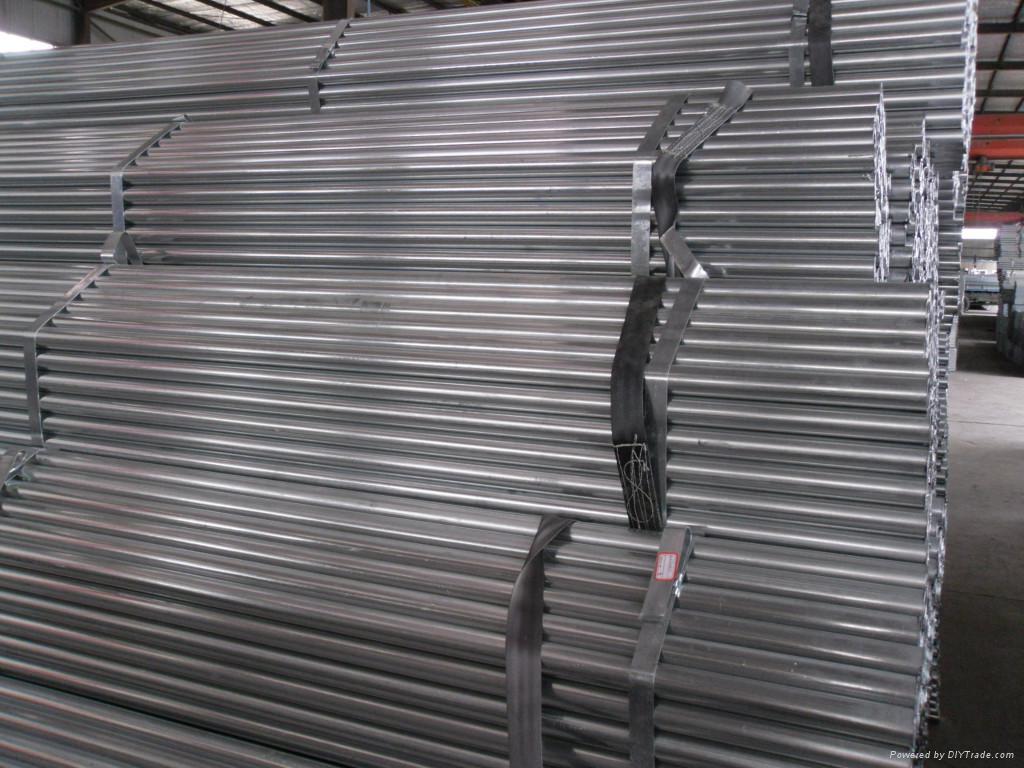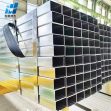A Brief Description of ERW Pipe
In the early stage of steel pipe production, butt-welding is one common manufacturing method adopted for carbon steel pipe. At that time and even a long time, the butt-welding process was one quite elementary processing method in that it merely rolled a piece of heated steel plate into pipe form and created a longitudinal weld through compression and direct heat. However, with requirements of tighter tolerances and better welds, the continuous butt-weld process finally had to give way to ERW. And next we are ready to have a brief description of this type of pipe.

First of all, in order to better know the ERW steel pipe, we would like to start at the beginning of its simple definition. ERW is short for electric resistance welding. Technically speaking, the electric resistance welded processing begins with a coiled steel plate with appropriate thickness and specific width to form a pipe that conforms to its required steel pipe sizes. And ERW pipe typically holds much tighter tolerances and maintains much more consistency of surface & wall than seamless carbon steel pipe. Common ERW specs include API5LB, A53, and A500. Furthermore, ERW pipe is a high speed production product in that it can be made into continuous lengths up to 115 feet. In addition, this type of pipe has the uniform wall thickness and outside dimension with a wide range of specifications.
Here we would like to mention hot dipped galvanized steel pipe. This type of pipe is covered with a layer of zinc due to being immersed in a molten zinc bath. As zinc has the property of natural corrosion resistance, the pipe will have protection outdoors a longer time. Therefore, this type of pipe has long been widely used for building material in construction engineering in the world, for ERW galvanized pipes can resist the attack from wild, water & road salts. But it is not frequently applied to water supply system because the mineral contained in the water can be sensitive to galvanizing material, only to produce much scale buildup over time and eventually clog the pipe.
In short, ERW pipes are extensively used in many sectors, including agriculture, industry and construction activities such as scaffolding and casing in bore wells. They are also widely used for conveying water, gas, crude oil and etc. Nevertheless, in a long run, this type of pipe will still confront a great challenge to meet very high standards of both national and international specifications in steel pipe market in future.
Tel: +86 18202256900 Email: steel@fwssteel.com










